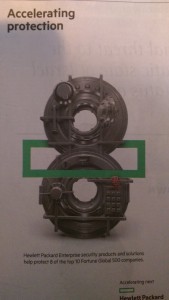Consumer Voyeurism.
The memeable me is always on the lookout of ways to explain what I do as a brand strategist. I recently sent out something to someone telling them I was “two parts brand strategist, one part voyeur.” Now before you go casting prurient stones, my gratification from watching consumers is not sexual. It is, however, gratifying. I love watching people. I love trying to figure them out. Their tells? What’s on their mind? (And it’s almost always not marketing. Even while shopping.) How are they responding to situations and why? A man shopping for San Marzano tomatoes Saturday evening is not thinking brands, he’s thinking mom and football/crusty bread and rich butter.
Good consumer voyeurism takes into account context, timing, location, visual cues, behavior, facial expressions – not to mention socio-economics. Just as Sherlock Homes assesses a person’s motives by putting them under close scrutiny, so must a brand strategist put consumers under a watchful eye. We hunt, we observe, we process and imply. Then we start again. We look more deeply into people than does a demographer. Soul searching is our MO.
Peace.


